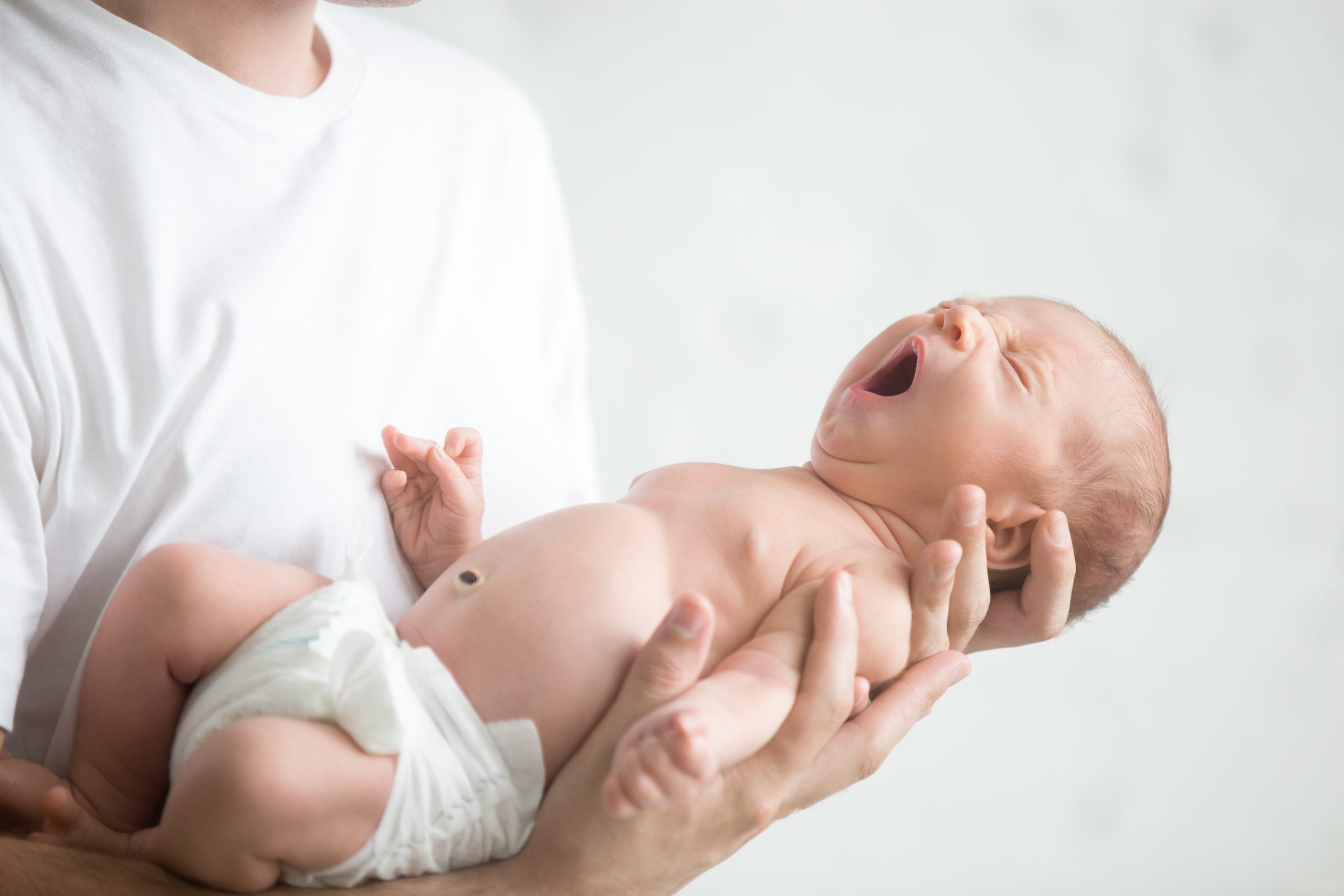

Can newborns born by cesarean procedure lack vital microbes? Recent data hints that “no” might be the answer. Mothers are able to pass on bacteria to their young children through additional, compensatory routes, according to a March 8 article in the journal Cell Host & Microbe. While kids born by cesarean section do not receive as much of their mother’s gut microbiome at birth, they make up for this by ingesting it through breastfeeding.
The majority of microbiome research has been on the stomach, but we also have healthy microbial communities in our skin, respiratory tracts, and other regions of our bodies. This study sheds light on how the diverse bacteria that make up a baby’s microbiome, which is typically thought to be sterile before birth, are obtained.
“We wanted to have a better idea of how the infant microbiome develops in different parts of their bodies and how it’s influenced by factors such as birth mode, antibiotic use, and lack of breastfeeding,” says senior author Wouter de Steenhuijsen Piters, a physician and data scientist at the University Medical Center Utrecht in the Netherlands.
The scientists collected samples from 120 Dutch moms and their newborns on a regular basis to better understand how the microbiome changes throughout the first month of life. Two hours after the babies were delivered, as well as at one day, one week, two weeks, and one month old, they took skin, nose, saliva, and gut microbiota samples from the infants.
In order to identify which of these sources was “seeding” the varied microbiomes of the kids, the scientists also collected six different types of microbiome samples from the mothers: skin, breastmilk, nose, throat, fecal, and vaginal samples. They next examined these findings in light of a number of variables, such as delivery method, antibiotic use, and breastfeeding, that are considered to affect microbiota transmission.
“We saw that many niches of the mother are important for the transmission of microbes, and if some of these pathways are blocked for one reason or another—in this case, we saw that happening with the cesarean section—then these microbes can still reach the infant through other paths,” says de Steenhuijsen Piters.
The researchers discovered that the mother contributes about 58.5% of a baby’s microbiota, regardless of the baby’s delivery method. Yet, the microbiomes of the infants were influenced by various mother microbial communities. Fewer bacteria were transferred to cesarean-born kids through their mother’s vaginal and fecal microbiomes, but they reportedly obtained more bacteria from breastfeeding.
“Microbiome transfer and development are so important that evolution has ensured that those microbes are transferred one or another way from mother to child,” says first author Debby Bogaert, a physician-scientist at the University of Edinburgh. “Breastfeeding becomes even more important for children born by cesarean section who do not receive gut and vaginal microbes from their mom.”
“It’s a smart system, and it makes sense from an evolutionary perspective that these types of pathways are redundant to ensure that the child can begin life with the appropriate ‘starter kit,'” says de Steenhuijsen Piters.
Now, the team wants to know more about non-maternal influences on infant microbiome development. “We could see that the maternal microbiome explains almost 60% of the infant’s total microbiome, but there’s still 40% that we don’t know about,” says de Steenhuijsen Piters. “It would be interesting to stratify that unknown fraction to see where all the microbes come from; whether fathers contribute, for example, or siblings, or the environment.”
Ultimately, the researchers want to understand how microbiome development in infants relates to long-term health. “Next, we want to explore whether this early life process, influenced by mom, is affecting not only short-term infection risk in the first year of life but also longer-term health in terms of things like allergies and asthma,” says Bogaert. “In the future, we might be able to utilize this knowledge to help prevent, diagnose, or treat health problems.”
more recommended stories
 Iron Deficiency vs Iron Overload in Parkinson’s Disease
Iron Deficiency vs Iron Overload in Parkinson’s DiseaseKey Takeaways (Quick Summary for HCPs).
 Can Ketogenic Diets Help PCOS? Meta-Analysis Insights
Can Ketogenic Diets Help PCOS? Meta-Analysis InsightsKey Takeaways (Quick Summary) A Clinical.
 Silica Nanomatrix Boosts Dendritic Cell Cancer Therapy
Silica Nanomatrix Boosts Dendritic Cell Cancer TherapyKey Points Summary Researchers developed a.
 Vagus Nerve and Cardiac Aging: New Heart Study
Vagus Nerve and Cardiac Aging: New Heart StudyKey Takeaways for Healthcare Professionals Preserving.
 Cognitive Distraction From Conversation While Driving
Cognitive Distraction From Conversation While DrivingKey Takeaways (Quick Summary) Talking, not.
 Fat-Regulating Enzyme Offers New Target for Obesity
Fat-Regulating Enzyme Offers New Target for ObesityKey Highlights (Quick Summary) Researchers identified.
 Spatial Computing Explains How Brain Organizes Cognition
Spatial Computing Explains How Brain Organizes CognitionKey Takeaways (Quick Summary) MIT researchers.
 Gestational Diabetes Risk Identified by Blood Metabolites
Gestational Diabetes Risk Identified by Blood MetabolitesKey Takeaways (Quick Summary for Clinicians).
 Phage Therapy Study Reveals RNA-Based Infection Control
Phage Therapy Study Reveals RNA-Based Infection ControlKey Takeaways (Quick Summary) Researchers uncovered.
 Pelvic Floor Disorders: Treatable Yet Often Ignored
Pelvic Floor Disorders: Treatable Yet Often IgnoredKey Takeaways (Quick Summary) Pelvic floor.

Leave a Comment